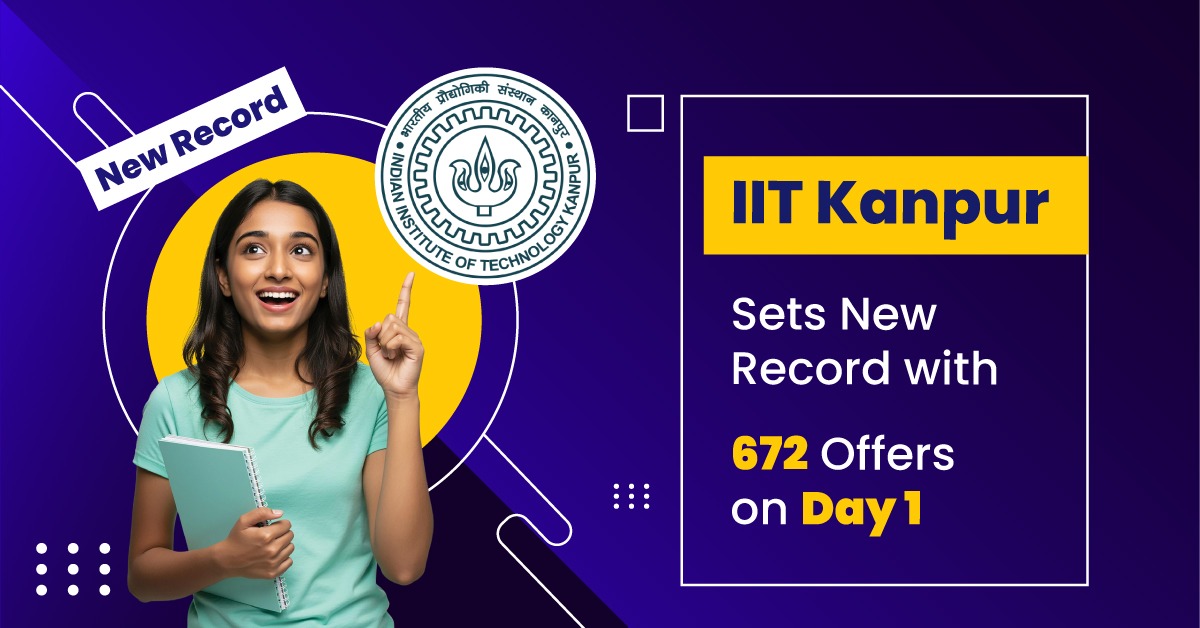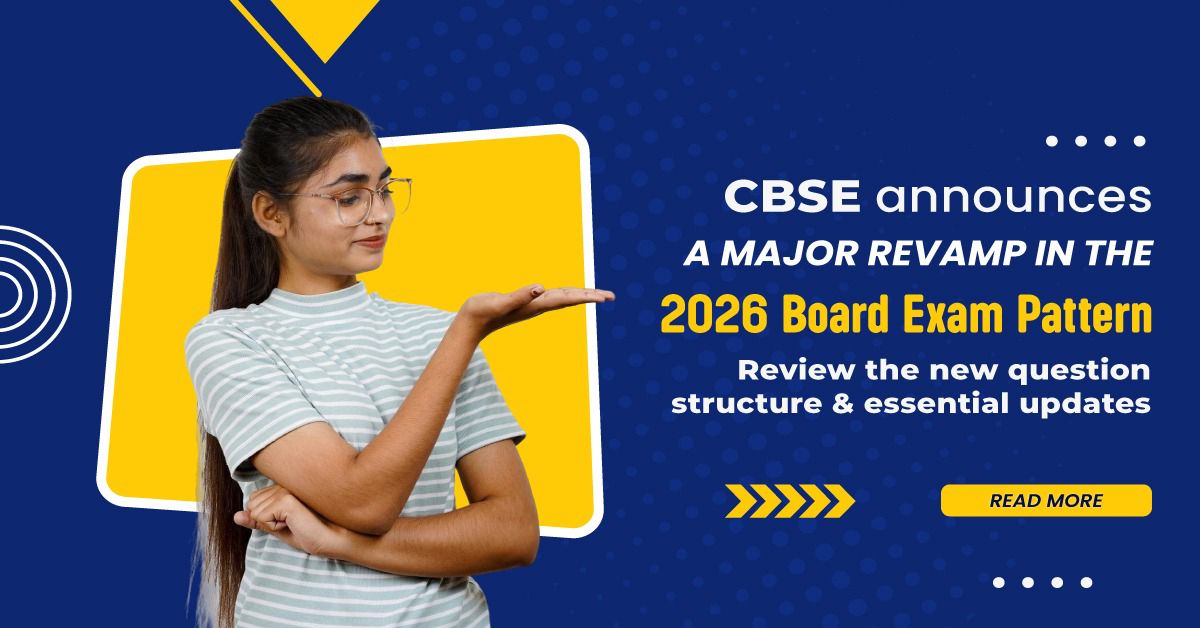
Securing a seat at an Indian Institute of Technology (IIT) is the biggest dream of countless engineering aspirants. Every year, lakhs of students appear for the Joint Entrance Examination (JEE), wondering about the minimum marks in JEE Advanced to get into IITs, but only a few thousand actually make it to the prestigious IITs.Securing a seat at an Indian Institute of Technology (IIT) is the biggest dream of countless engineering aspirants. Every year, lakhs of students appear for the Joint Entrance Examination (JEE), wondering about the minimum marks in JEE Advanced to get into IITs, but only a few thousand actually make it to the prestigious IITs.
But what is the magic number to get in?
The truth is, there is no single “minimum marks” for IITs admission. When we talk about “minimum marks” for IITs admission via the JEE Advanced, there are two different thresholds you should know:
- Qualifying marks.
- Admission /closing marks.
Clearing the qualifying marks is only the first step; getting a good branch in a preferred IIT requires significantly higher marks.
Qualifying marks for JEE Advanced.
The minimum scores you need to achieve in JEE Advanced to be included in the rank list and be eligible for the counselling. The qualifying marks fluctuate each year based on exam difficulty, number of seats, and category reservation.
Marks required for admission.
The admission marks depend on several factors:
- IIT’s reputation
- Branch demand
- Category
- Year’s exam difficulty
For top IITs like IIT Delhi, Bombay , the cutoffs for popular branches are very high. For example, for computer science (CSE), students usually needs around 300-340 marks out of 360 (General category). For electrical engineering , the range is round 240-290 marks, while mechanical or civil engineering may close near 180-230 marks.
Newer IITs have lower cutoffs – for instance, a General category student might get into a newer IIT with 120-150 marks. For reserved categories , cutoffs are even lower.
The category advantage.
For candidates belonging to reserved categories, the cutoffs are lower for them.
JEE Advanced releases a separate rank list for each category (like SC rank list, ST rank list, etc).
So, even if a candidate’s overall rank is low, they can still get a good rank in their category list and secure an IIT seat.
There are relaxed admission criteria for the reserved category.
Conclusion:
If you dream of studying at an IIT, focus on concept clarity, follow a structured JEE crash course, do regular JEE mock tests, and stay updated with the admission criteria of the IIT you want to be in.
Remember, IITs are not just about marks but about perseverance, problem-solving, and passion for learning. Set your target high, stay consistent, and with the right preparation, your dream IIT seat can be within reach.







0 Comments